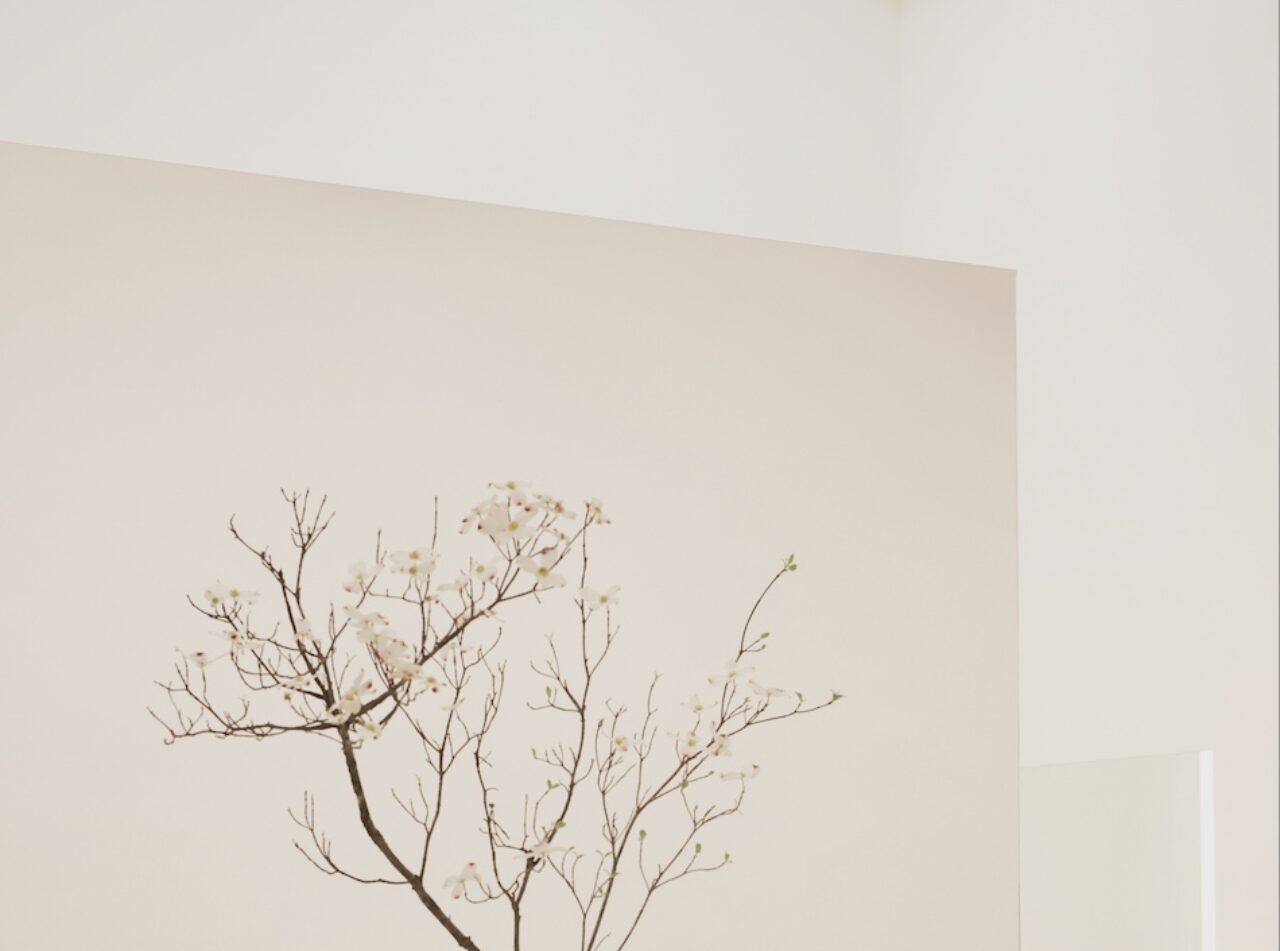KAGIZEN YOSHIFUSA
Kyoto's Traditional Sweet Shop in the Heart of the Renowned Geisha District
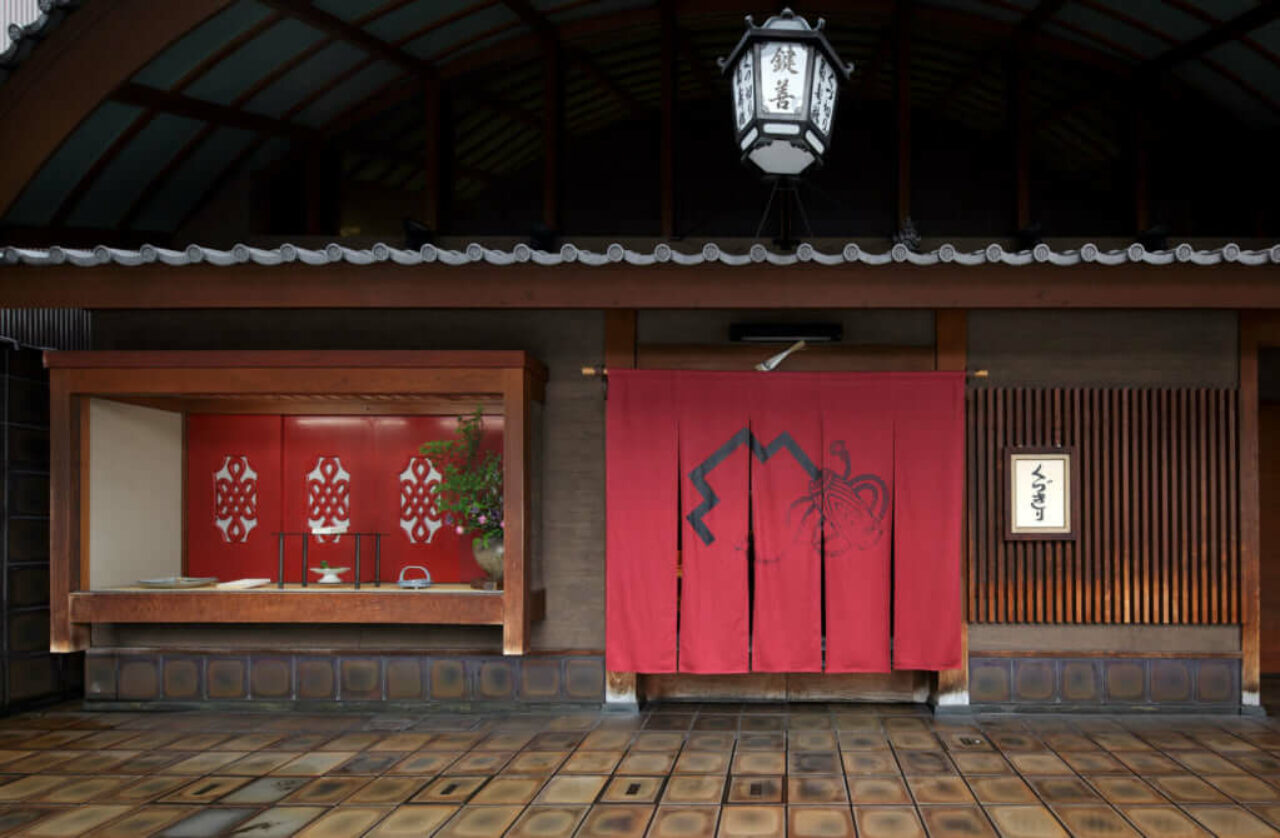
Along the main thoroughfare which connects Kyoto’s geisha district Gion with the central Kamo River, lies an unassuming space that from its facade, is puzzlingly-undistinguishable. With a deep red noren curtain that gently moves with a gust of wind, it’s front facade presents a gallery-like timber frame (by the legendary lacquer artist Tatsuaki Kuroda) as platform area for their sweets that is equally fitting for an ikebana flower display. Yet as we are in Kyoto, the home of Kyo-gashi (traditional Kyoto sweets) and such display areas are common shop fronts for high-end wagashi-ya manufacturers of traditional confectionary and sweets. At Kagizen Yoshifusa, their hand-crafted sugar-based creations are presented daily in the front window akin to art. Both as a reflection of their seasonal offerings, but to showcase their excellence in the art of Japanese traditional sweets.
Established during the mid-Edo period around 1726, their recipes have been passed on from earlier generations and continue to be created by hand in utmost craftsmanship. Find neighbouring tea masters and tea connoisseurs utilising their sweets for tea ceremonies, in addition to the adjacent working women of the Hanamachi geiko (Kyoto’s geisha) district.
The front area of Kagizen Yoshifusa is dedicated to their retail, where both classic and seasonal sweets are available for purchase, including a sitting area for custom orders. The retail interior is an aged, dark timber affair, with cabinetry by the late Tatsuaki Kuroda (Living National Treasure) and ceramics by the Japanese folk art mingei movement founder Kanjiro Kawai‘s disciples. At the store’s rear, find a serene tea salon and a moment to enjoy their famed sweets with a view on an exterior garden and their kura storehouse, which used to house the company’s archive frames and artworks (now found in their new art museum, ZENBI). Yet in the cafe, enjoy the softest warabi-mochi you’ve ever tasted, alongside a freshly-prepared matcha green tea in bright chartreuse. In winter, the red bean-based soup oshiruko holds small balls of mochi, enough to warm any stomach on a snow-covered day.
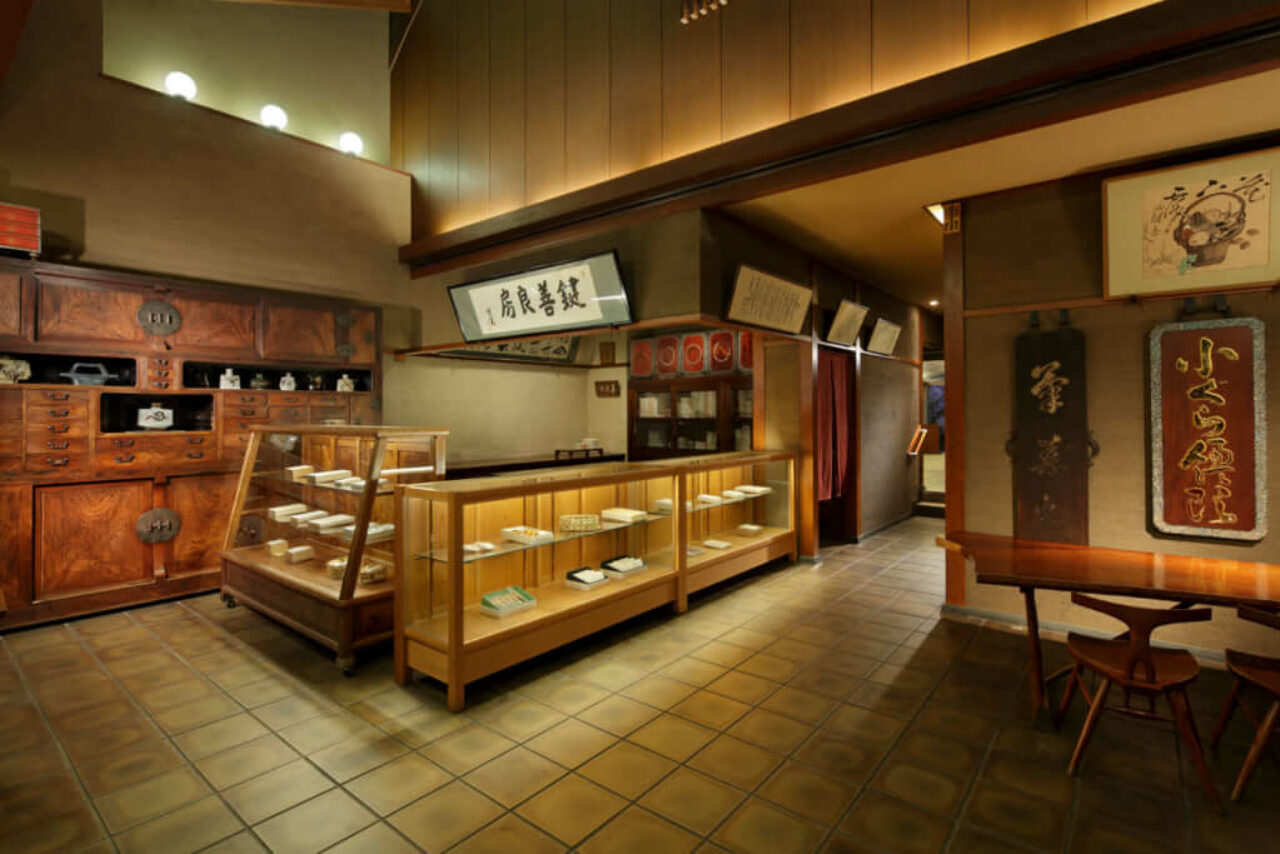
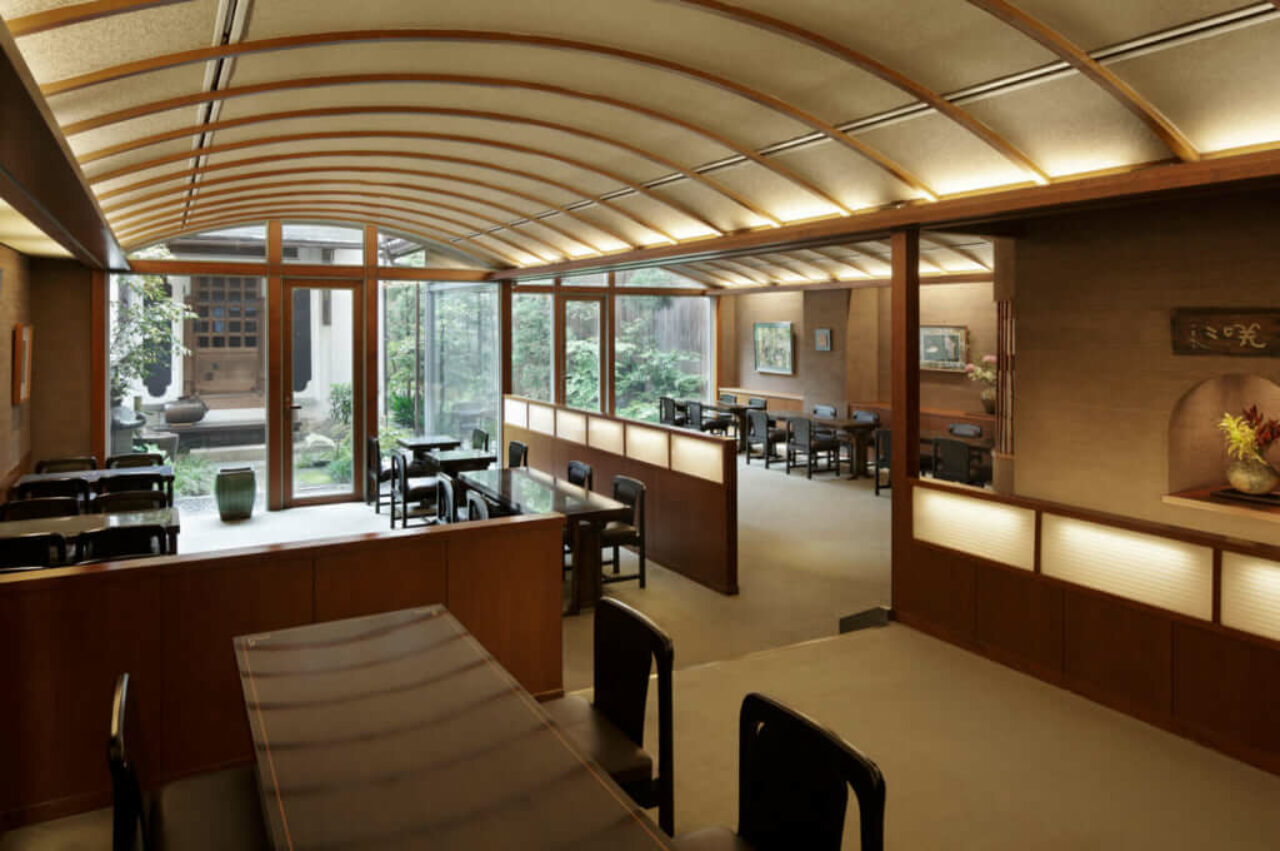

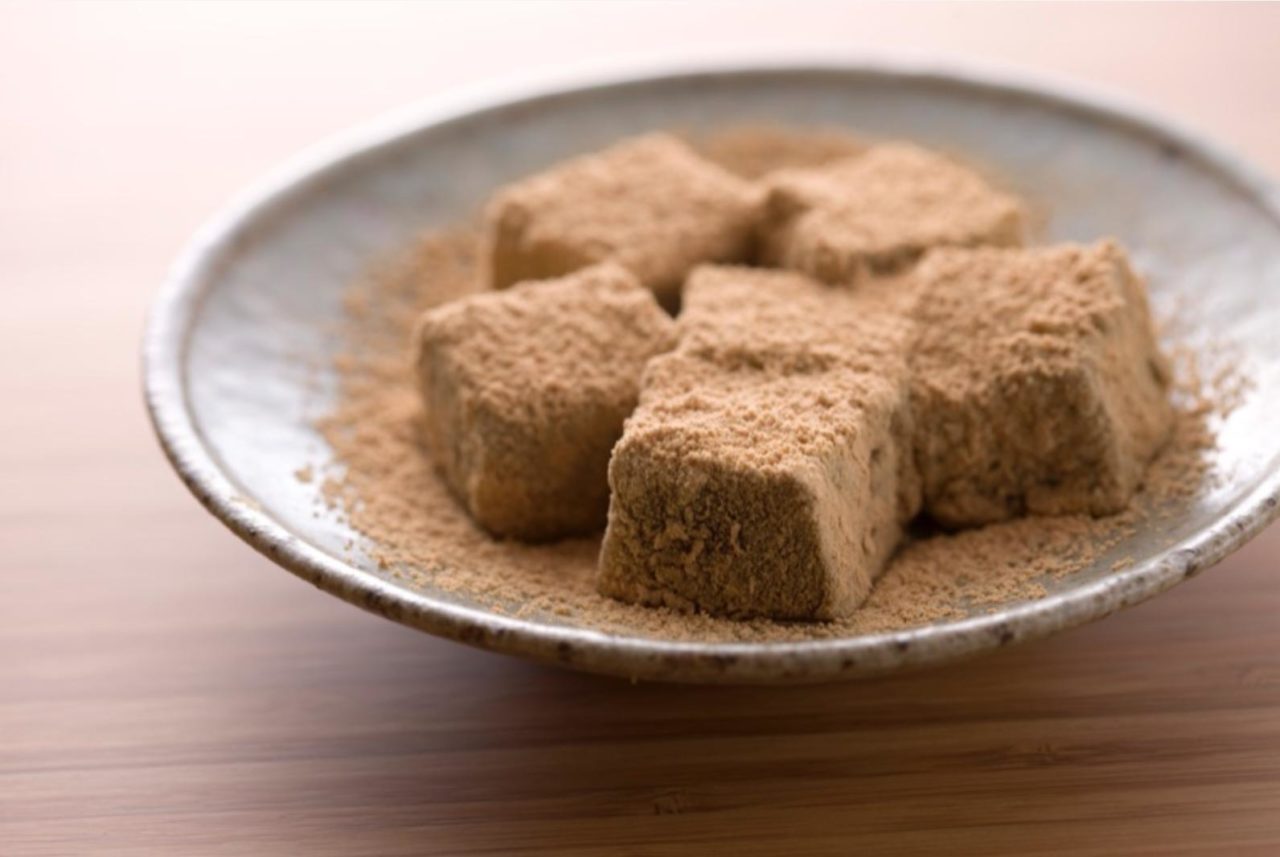
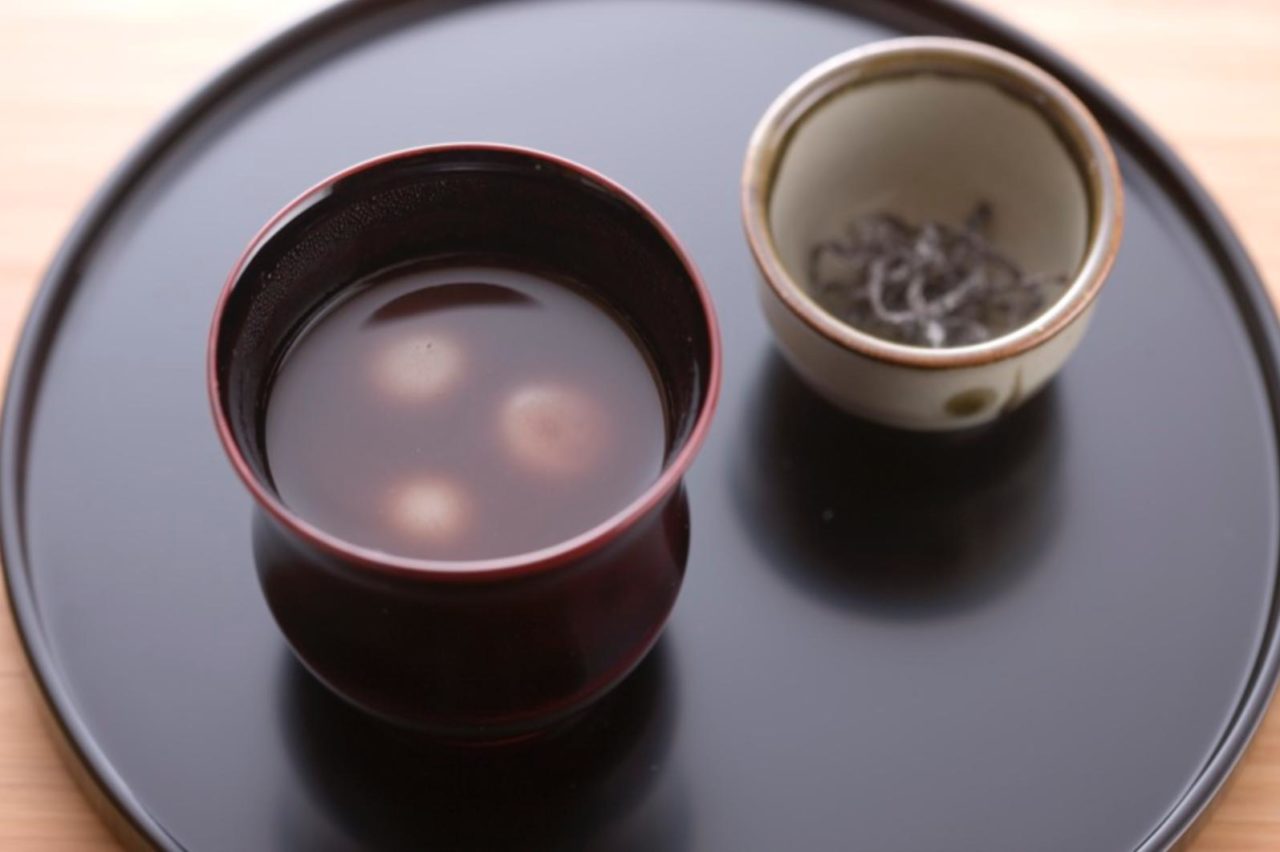
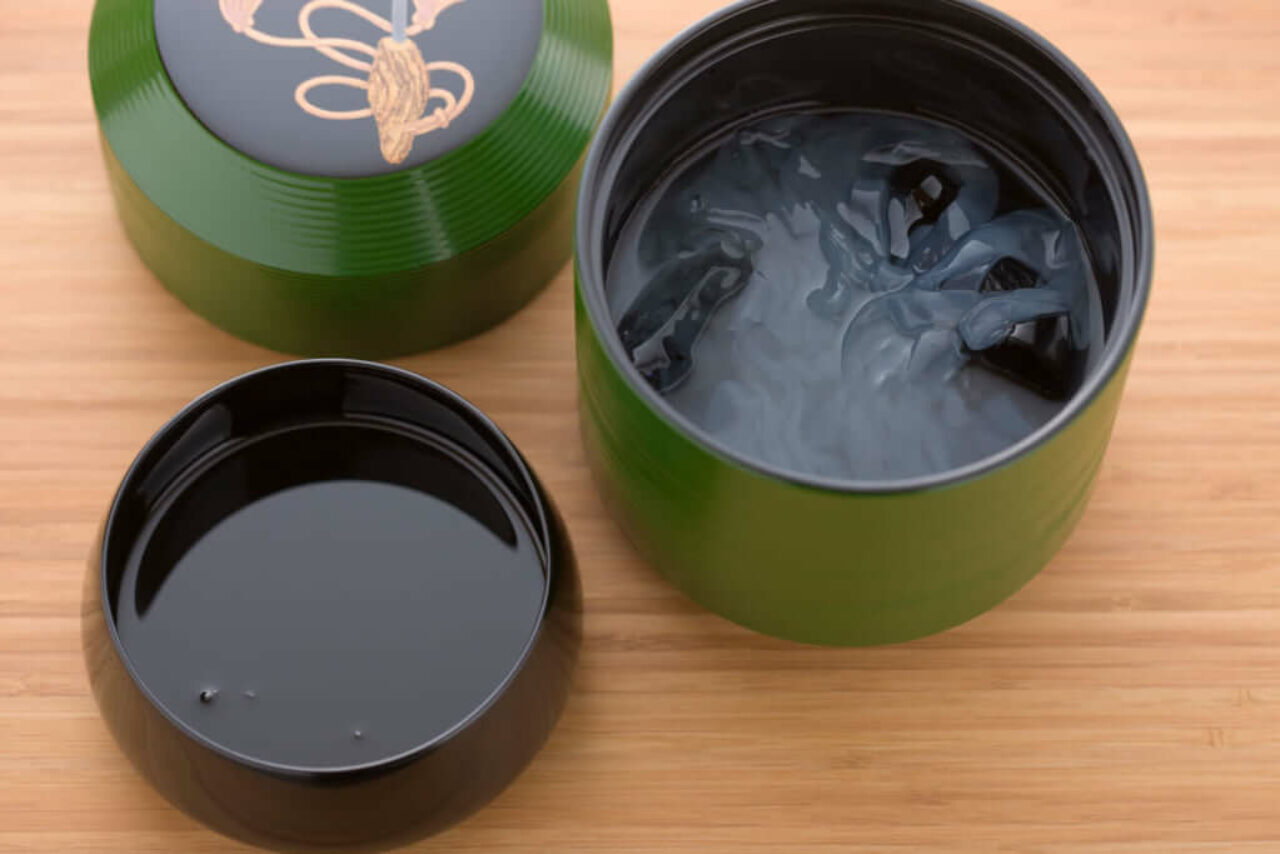
Kagizen Yoshifusa
264 Gionmachi Kitagawa,
Higashiyama-ku, Kyoto, Japan


















